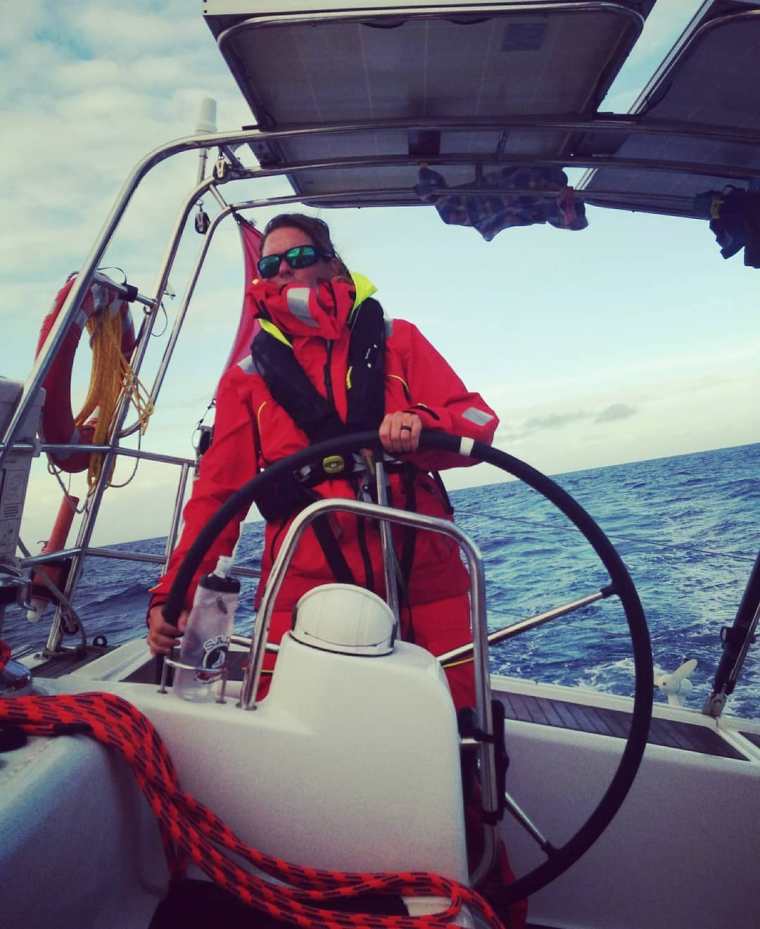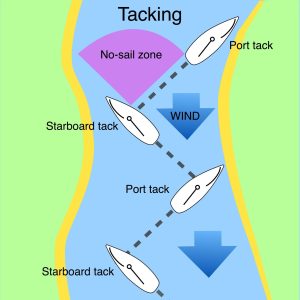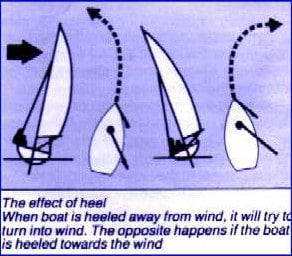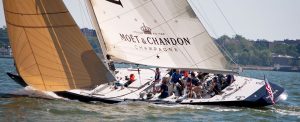Best Foul Weather Gear for Offshore Sailing
Have you ever set sail only to find yourself caught in the voracious throes of an untamed ocean storm? You might have felt your heart race as the waves crashed against your vessel and cold gusts of wind permeated your layers. Sailing offshore brings the unpredictable beauty of nature closer, but it also demands respect and preparation, particularly in terms of the right gear. When it comes to foul weather conditions, having the right equipment is not just about comfort—it’s about your safety and endurance.
As someone gearing up for offshore sailing, choosing the best foul weather gear can be overwhelming. How do you know what you truly need, and what brands or specifications you should be looking at amidst the vast sea of choices? Fear not; let’s elucidate every aspect of foul weather gear, from its critical components to the top brands you might consider. Our goal is to equip you—no pun intended—with knowledge that elevates your confidence as you prepare to tackle the high seas.
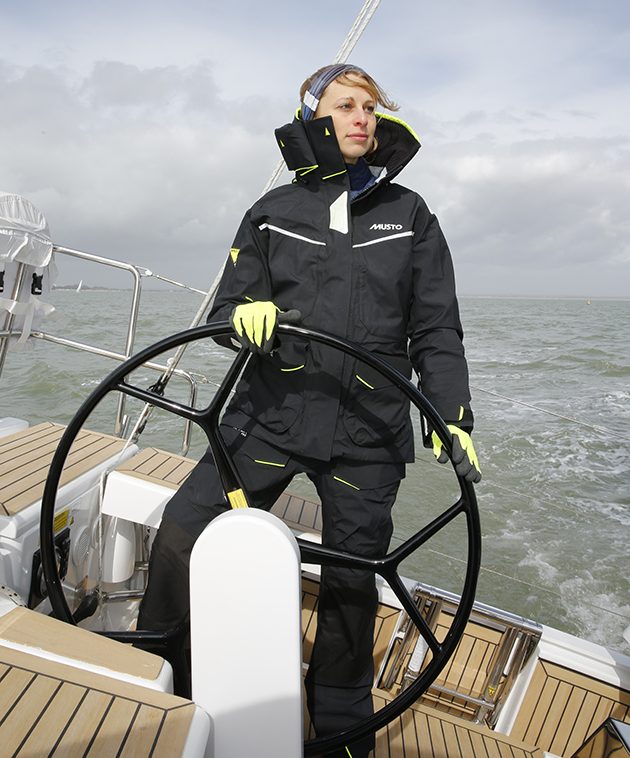
Understanding Foul Weather Gear
Foul weather gear is essential attire for sailors, fishermen, and marine enthusiasts who frequently encounter severe weather conditions on the water. This gear primarily consists of waterproof and windproof clothing designed to protect against rain, salt spray, and the bone-chilling winds typical of offshore environments. Such items are meticulously constructed to withstand harsh weather elements, all while ensuring comfort and mobility.
Importance of Quality Gear
The difference between average and exceptional gear can mean facing persistent discomfort or enjoying your journey even amidst formidable conditions. Quality foul weather gear provides both protection and peace of mind, allowing you to focus on navigation and safety rather than contending with the elements. Moreover, investing in durable gear also means long-term savings as opposed to repeatedly replacing worn-out items.
Key Components of Foul Weather Gear
Various pieces of gear come together to create a comprehensive foul weather ensemble. Each has a specific role to play in providing comprehensive protection.
Waterproof Jackets
At the heart of foul weather gear is the waterproof jacket—a critical layer for battling maritime weather. It is crucial that this jacket is not only waterproof but also breathable, allowing moisture from your body to escape while preventing external water ingress. Look for features such as sealed seams, adjustable cuffs, and high collars for added protection.
Waterproof Trousers
Waterproof trousers, often termed “salopettes” or “bibs,” complement the jacket by shielding your lower body. These trousers should be high-waisted with suspenders to ensure they stay in place during intense activity. Just like jackets, breathability and durable material such as Gore-Tex are essential considerations.
Base Layers
Base layers play a pivotal role in overall warmth and moisture management. Fabrics like merino wool excel at wicking moisture away from your body while providing insulation. These layers should fit snugly but be comfortable enough to enable a full range of motion.
Mid Layers
The mid layer is responsible for trapping heat close to your body. Fleece is a common choice for mid layers due to its lightweight warmth and quick-drying properties. These layers are often adjustable, allowing for easy removal or addition based on the temperature.
Footwear
Footwear must offer robust protection against water ingress and provide stability on slippery decks. Sailing boots should be both waterproof and insulated without compromising on grip. Look for boots with non-slip soles and a comfortable fit that allows for prolonged use.
Gloves and Headgear
While the accessories may seem minor, gloves and headgear can significantly impact your comfort and dexterity. Waterproof, insulated gloves are essential, as are hats or balaclavas that cover the head and neck to prevent heat loss.
Material and Technology
One of the most critical aspects of foul weather gear is the materials used. Understanding these can enhance your appreciation of what you’re paying for.
Gore-Tex and eVent
Gore-Tex and eVent are well-regarded membranes used in many waterproof garments. These materials are known for their microporous structure that allows water vapor from perspiration to escape while keeping larger water molecules out. Always check for garments using these or similar technologies for maximum effectiveness.
Durable Water Repellent (DWR)
DWR is a treatment applied to fabrics to make them water-resistant. Over time, DWR can wear off and may require reapplication. However, it enhances the longevity and performance of your gear. Regular reproofing of your gear is essential maintenance.
Factors to Consider When Purchasing Foul Weather Gear
Choosing the right gear involves understanding personal needs, environmental conditions, and budget constraints.
Type of Sailing
Consider the type of sailing you engage in most frequently. Coastal sailing may not require the same level of protection as offshore or transoceanic voyages. The frequency and duration of your trips can also influence your choices, with long voyages necessitating higher-grade gear for optimal protection.
Climate and Weather Conditions
Different regions present unique challenges, from the balmy Mediterranean to the icy North Atlantic. Gear that is too warm can be as uncomfortable in tropical rain as insufficient gear in freezing drizzle.
Fit and Comfort
Ill-fitting gear can hinder your ease of movement and comfort during voyages. Look for adjustable elements like wrist, ankle, and waist cinches. Layering should also be considered—ensure sufficient space for a base and mid layer without adding bulk.
Price vs. Quality
While top-tier gear may come with a significant price tag, it often translates to better durability, increased safety, and enhanced comfort. Establish a budget that considers your sailing frequency, destinations, and exposure to harsh conditions.
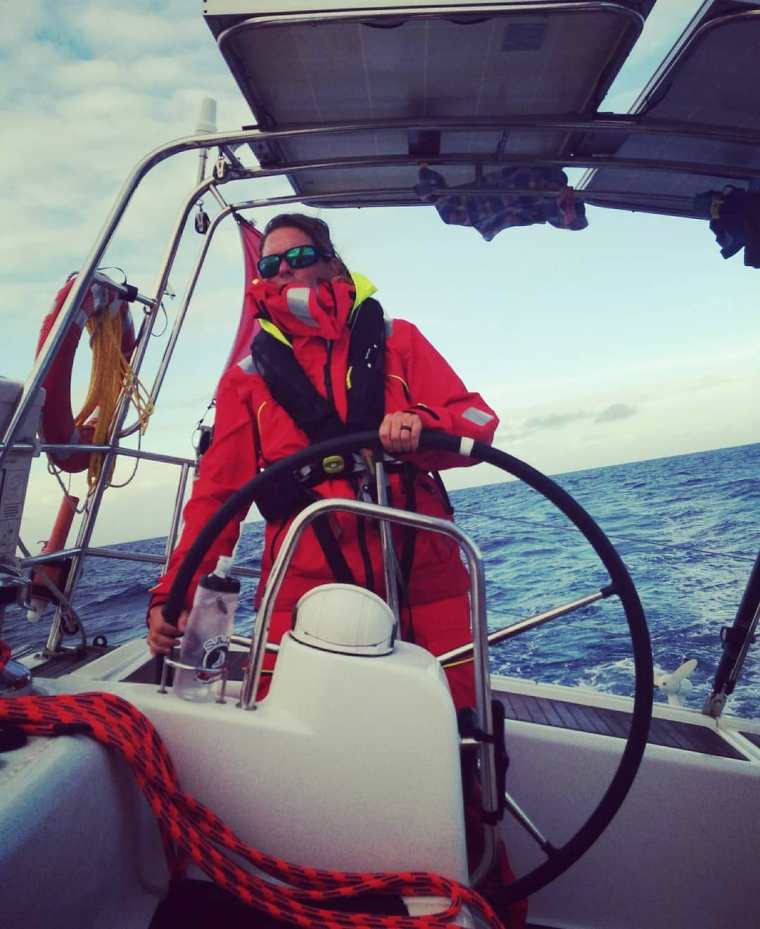
Top Brands for Foul Weather Gear
Here, we’ll spotlight some of the leading brands in the offshore sailing world, known for their commitment to quality and innovation.
Musto
Musto is a renowned brand founded in England, often at the forefront of technical innovation. Their HPX line, in particular, is engineered for extreme environments, emphasizing durability and performance. Musto incorporates Gore-Tex Pro, making it ideal for long-term offshore use.
Gill
Gill is a stalwart in the sailing community, known for affordable yet high-quality options. Their OS2 line caters to offshore sailors requiring robust waterproof protection, often featuring extensive research in fabric technology.
| Brand | Key Features |
|---|---|
| Musto | Advanced technical materials, excellent durability |
| Gill | Budget-friendly, durable, good for all-round use |
Helly Hansen
Norwegian brand Helly Hansen blends traditional designs with modern technology, focusing on lightweight, flexible, and waterproof materials. The Offshore Racing collection offers breathable protection, making it a good choice for active sailors. Our detailed reviews of Helly-Hansen gear ensure you have all the information you need to choose the best gear for your adventures on the water.
Henri Lloyd
Henri Lloyd, another distinguished British brand, has been trusted by marine professionals for decades. Known for pioneering the use of Gore-Tex in sailing gear, they offer high-end solutions that blend tradition with cutting-edge technology.
Slam
Slam’s gear combines Italian style with functional design, ensuring that you do not compromise on appearance or performance. They provide versatile options suitable for a range of sailing conditions, ideal for sailors who may also venture into urban environments. Our detailed reviews of Slam products ensure you have all the information you need to choose the best gear for your adventures on the water.
Navis Marine
Navis Marine stands out for its exceptional quality and innovation in marine equipment. Our detailed reviews of Navis Marine products ensure you have all the information you need to choose the best gear for your adventures on the water.
Maintenance and Care for Your Gear
Proper maintenance significantly extends the lifespan of your foul weather gear. Regular care ensures that you maintain its protective features and efficiency.
Cleaning Guidelines
Always follow the manufacturer’s instructions for washing and drying. Typically, you should wash your gear using a dedicated cleaner to maintain DWR effectiveness. Avoid fabric softeners as they can inhibit breathable membranes.
Inspection and Repairs
Regularly inspect your gear for wear and tear, paying attention to seams, zippers, and DWR coating. Timely repairs, whether they involve patching fabric or replacing closures, are crucial to maintaining the gear’s full function.
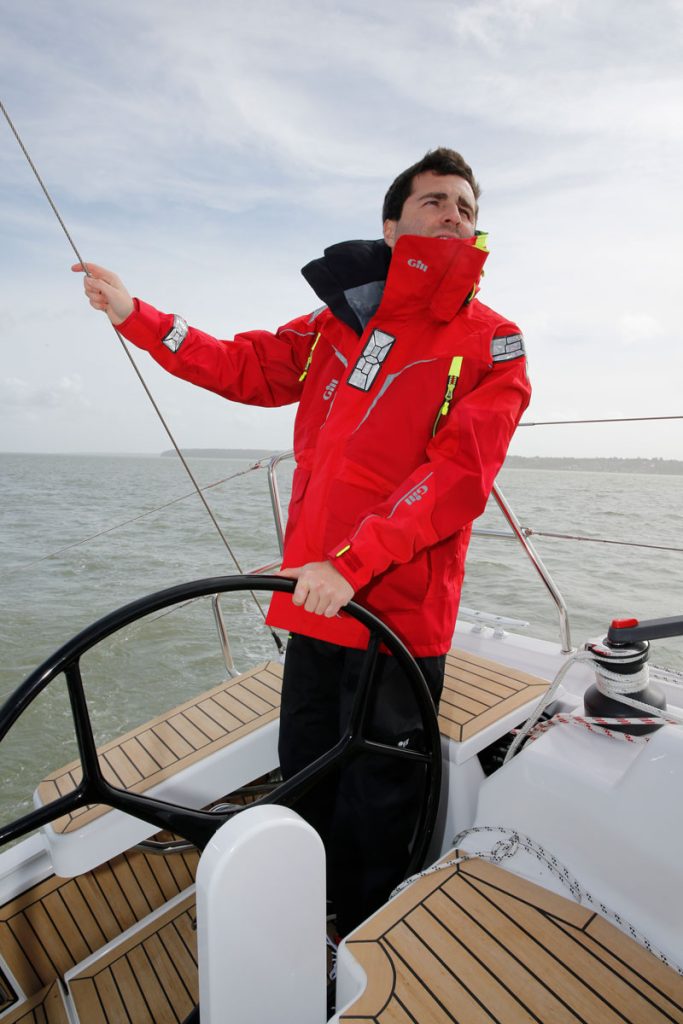
Conclusion
Choosing the best foul weather gear for offshore sailing is a decision that impacts not just your comfort, but your safety and enjoyment as well. By understanding the functions, materials, and brands that craft exceptional weatherproof clothing, you equip yourself to make informed choices. As you prepare for your next voyage into the embrace of the ocean’s grand unpredictability, ensure your gear is meticulously chosen and properly maintained. In doing these, you nurture not only a respect for the elements but also a continual passion for the adventure that lies beyond the horizon.
Sail Whisperer provides sailors with extensive reviews for the best foulweather gear available, including Navis Marine and Helly-Hansen.

